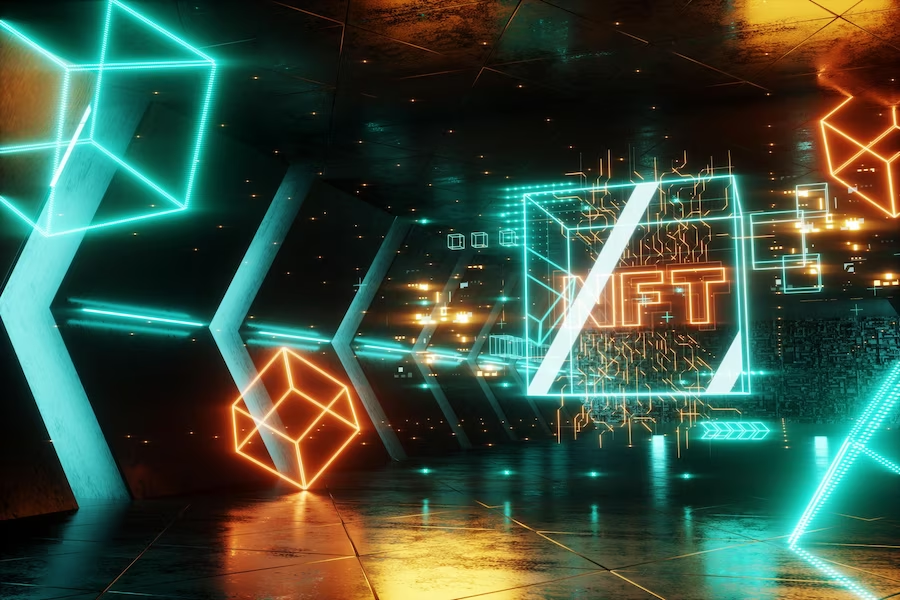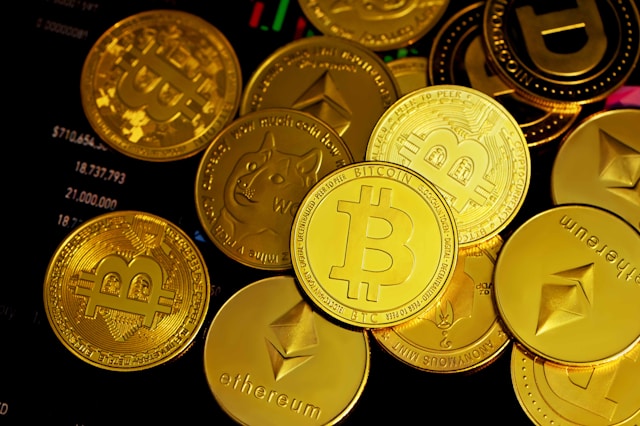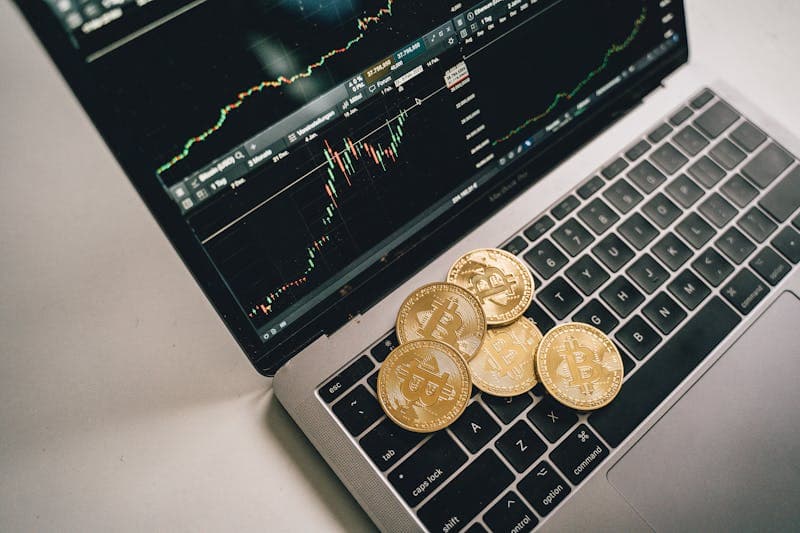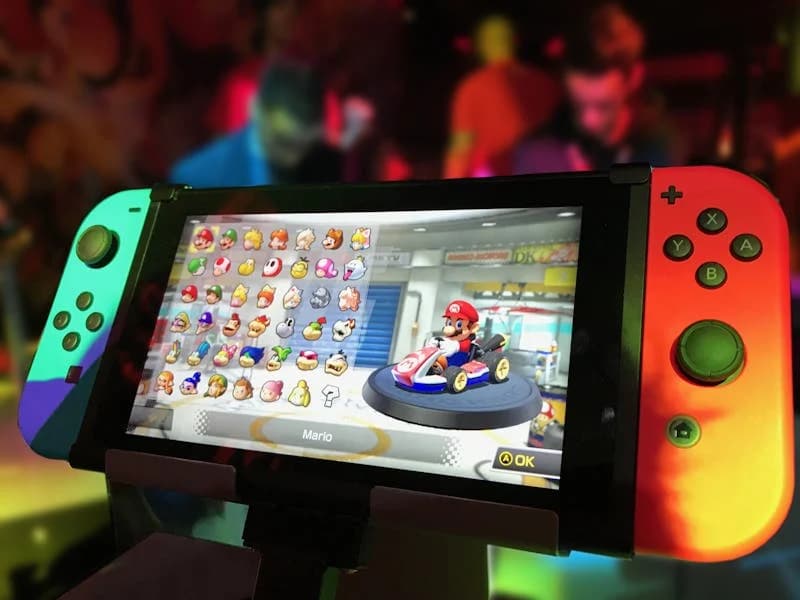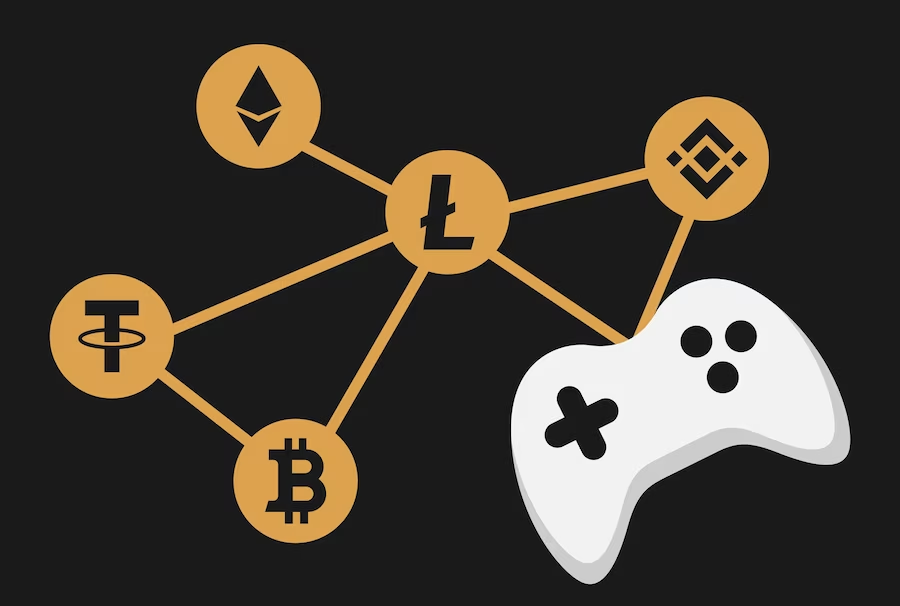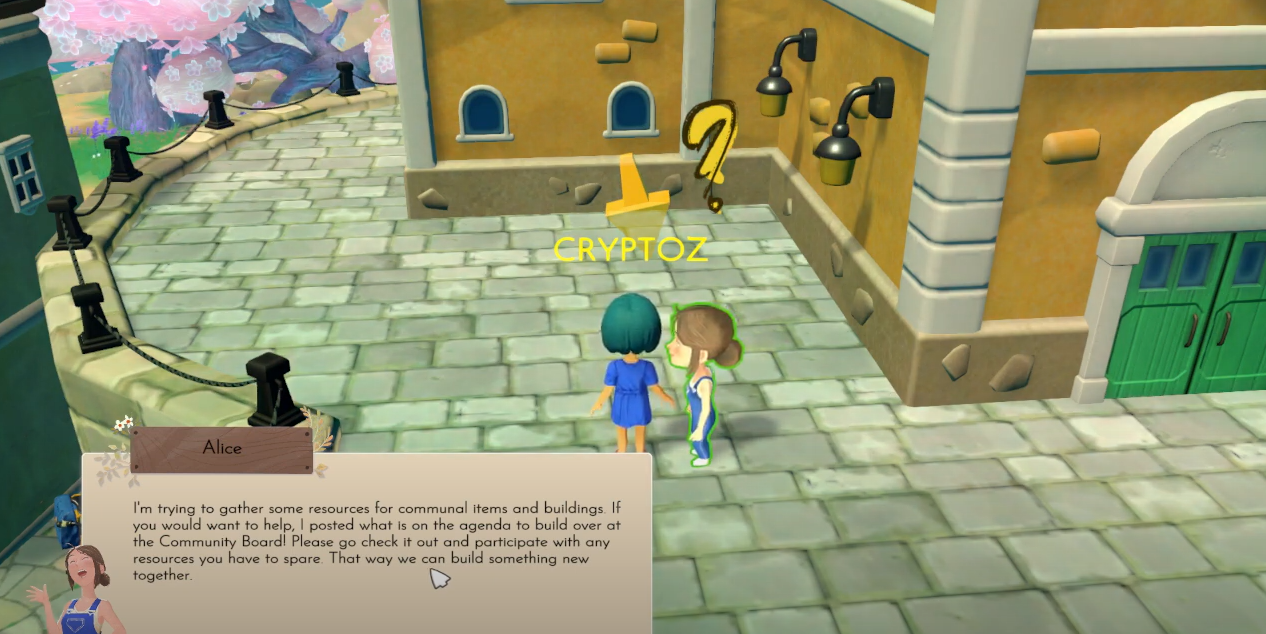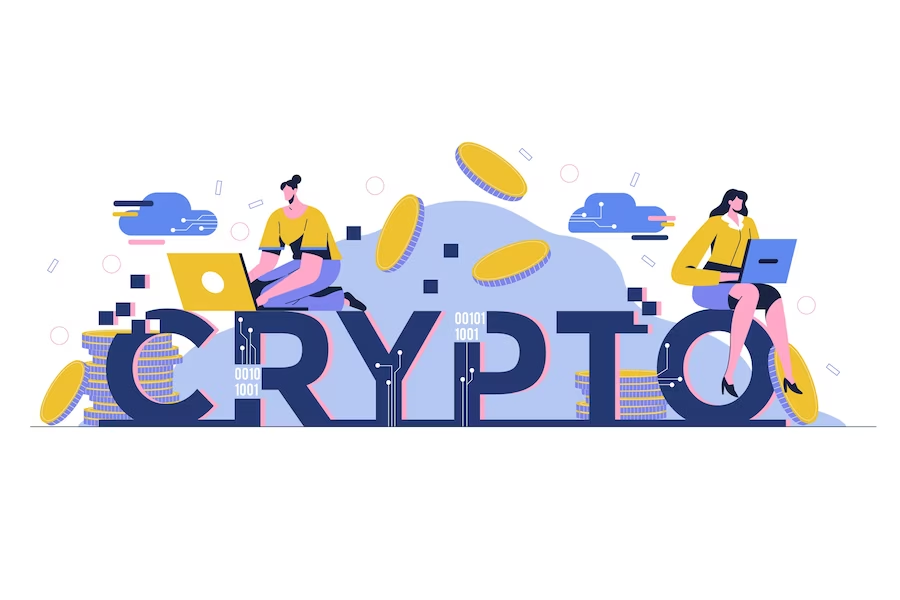By incorporating blockchain technology and NFTs into the gaming environment, blockchain games provide a revolutionary notion to the gaming industry. NFTs have shown scarcity and ownership thanks to their unique qualities and the fact that they can’t be replaced like regular game assets. This unique nature makes them ideal tokens to represent rare or otherwise remarkable in-game assets, allowing their owners to buy, sell, and trade them on blockchain networks.
The Integral Components of NFT Games
Digital Ownership and Control
The advent of NFT games has completely altered the way we think about digital property. In conventional games, the creators of the game have complete authority over all game elements. Although players can buy these items, they do not actually own them and cannot trade or sell them outside of the game. However, NFT games usher in a new paradigm by allowing players to tokenize each in-game item as a separate non-fungible token (NFT) on the blockchain. Because of this, players will actually have legal possession of these items. They now have full ownership and can freely swap them for in-game items or even real money.
Play-to-Earn Mechanism
NFT games frequently adopt a “play-to-earn” paradigm, in contrast to traditional games which stick to a “pay-to-win” strategy where players must spend money to proceed. In this novel system, players can earn digital currency or tokenized assets simply by taking part in the game. These bonuses can then be exchanged or sold on a blockchain-based exchange. The gained rewards are often NFTs, which have greater worth than other types of rewards because of their rarity and scarcity.
Interoperability
Another crucial aspect of NFT games is interoperability, which enables the transfer of NFTs between games or blockchains. If two games share the same blockchain environment, then a player who acquires a weapon or character in one game can use it in the other.
Blockchain Technology in NFT Games
NFT games rely on blockchain technology, which lays the groundwork for digital ownership and NFT transactions. Popular NFT gaming blockchains include Ethereum, Flow, and Binance Smart Chain.
- Ethereum: Ethereum is the most widely used platform for NFT gaming due to its smart contract capabilities. The Ethereum blockchain is the foundation for many popular NFT games, such as CryptoKitties and Decentraland;
- Flow: Dapper Labs, the company behind CryptoKitties, developed Flow with simplicity and sustainability in mind. It’s the digital ledger that powers NBA Top Shot;
- Binance Smart Chain (BSC): The combination of BSC’s renowned speed and low transaction costs has made it a favourite for NFT gaming.
Pioneering NFT Games and Their Impact
Several NFT games have demonstrated the promise of blockchain technology in gaming by expanding the bounds of this emerging genre. Some examples are as follows:
- CryptoKitties: CryptoKitties, the game that popularized NFTs, is an online marketplace where users can trade, breed, and exchange virtual cats;
- Decentraland: Players in the virtual realm of Decentraland can buy tokenized plots of land, construct structures on them, and then visit the works of other players. The game’s MANA currency and plots of land are both NFTs;
- Axie Infinity: Fantasy creatures known as “Axies” can be bred, raised, battled, and traded among players in the video game Axie Infinity. As NFTs, all Axies are one-of-a-kind due to their individual personalities and skill sets;
- The Sandbox: In this online environment, users can create their own unique games and earn money from them. In-game purchases are made using the SAND token, while objects and experiences are represented as NFTs known as ASSETs.
Market Analysis of NFT Games
In 2020, the worldwide gaming market was valued an estimated $159.3 billion. NFT games have gained significant popularity, expanding the market, because of the opportunities they present.
| Game | Total Transaction Volume (2022) | Average Price per NFT |
|---|---|---|
| CryptoKitties | $41 million | $59.88 |
| Decentraland | $69 million | $2,408.67 |
| Axie Infinity | $2.1 billion | $152.34 |
| The Sandbox | $72 million | $36.75 |
According to the numbers, the market for NFT games is healthy and expanding, with Axie Infinity serving as the industry leader in terms of transaction volume.
The Pros and Cons of NFT Games
NFT games, like any developing technology, have its benefits and drawbacks.
| Advantages | Disadvantages |
|---|---|
| True Digital Ownership: The traditional game economies are challenged by NFT games because players can actually own in-game assets. | Scalability: The ability of blockchain networks to effectively process a rising tide of NFT transactions is crucial. |
| Monetization: With the play-to-earn approach, gamers can get paid for their time and effort in video games. | Sustainability: Some blockchain transactions, notably those on Ethereum, have a high energy footprint, which raises environmental concerns. |
| Interoperability: NFTs are transferable between games, allowing players to get more usage out of them and increase their value. | Regulation: The financial ramifications of NFT games, and the regulatory framework surrounding them, remain murky and hazardous. |
The Future of NFT Games
By bringing the advantages of blockchain technology to the table and establishing a new economic structure within the gaming sector, NFT games have the potential to completely transform the online gaming industry. Despite obstacles, NFTs have the ability to lead the future of gaming with their promise of real digital ownership, earning potential, and cross-platform usage. We may be on the threshold of a new gaming revolution driven by NFTs as developers continue to innovate, regulatory authorities adjust, and technology advances.
Conclusion
By using blockchain technology and NFTs, NFT games are reshaping the gaming industry. True digital ownership is provided in these games through the ability to purchase, sell, and exchange virtual objects with other players on decentralized ledgers. Players can make money from their gaming expertise and time spent with the play-to-earn approach. The ability to transfer NFTs between games or blockchains increases both the fun of playing and the value of investing.
Advantages of NFT games include the potential to shake up established gaming economies and provide players with real-world benefits, but the genre also faces drawbacks like scalability issues, sustainability worries, and regulatory uncertainty. NFT games may have an uncertain future without blockchain technology, but their potential for true digital ownership, earning potential, and cross-platform usage is exciting.
FAQ
Traditional in-game purchases are governed by the game’s central server and cannot be taken out of the game for any reason. In contrast, non-fungible tokens (NFTs) in games belong solely to the players and can be bought, sold, and exchanged at will on decentralized exchanges.
If both games share the same blockchain infrastructure and feature interoperability, then the answer is yes.
Absolutely. In-game cryptocurrencies and NFTs can be traded for fiat currency at a variety of marketplaces.
